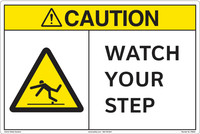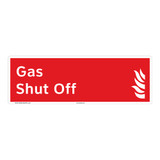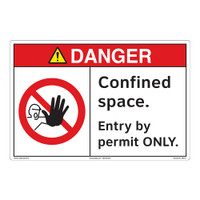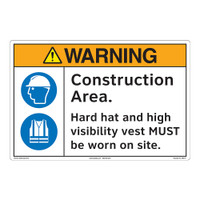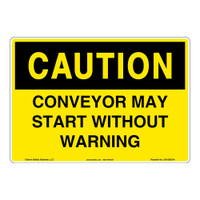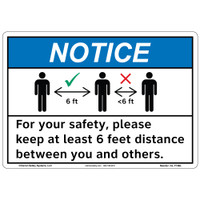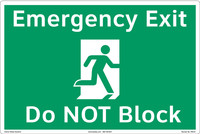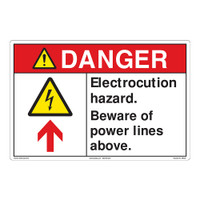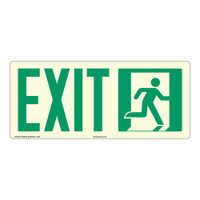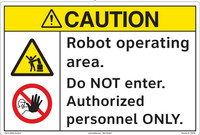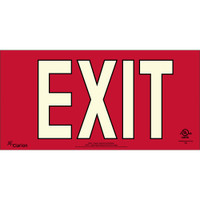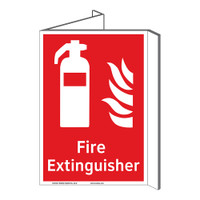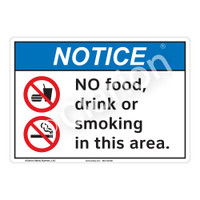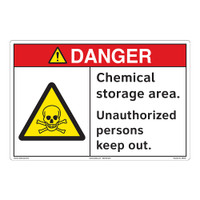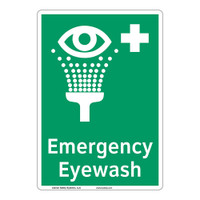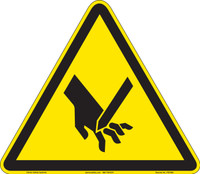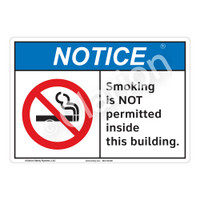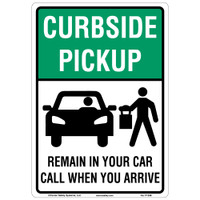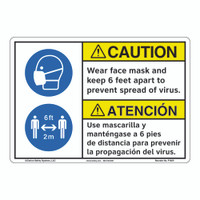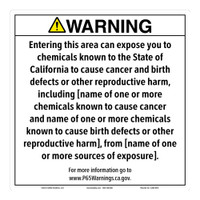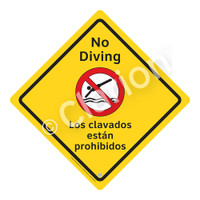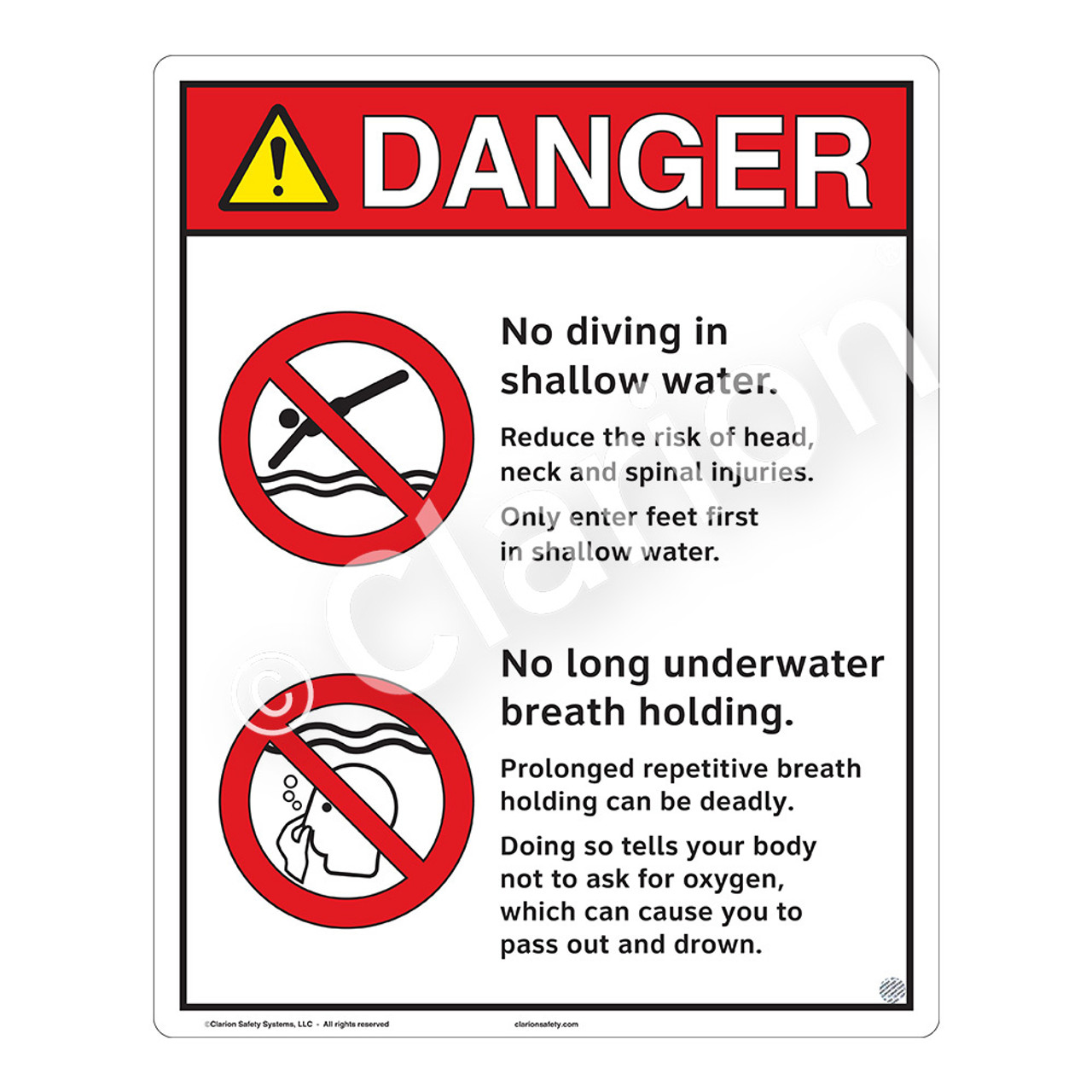-

-

Caution/Hot Surface Sign (OS1207CH-)
Starting at $8.81 / each -

Custom OSHA Danger Sign - Text Only
Starting at $22.74 / each -

Custom OSHA Caution Sign - Text Only
Starting at $22.74 / each -

Notice/Non-Potable Water Sign (OS1265NH-)
Starting at $8.81 / each -

Custom OSHA Notice Sign - Text Only
Starting at $22.74 / each -

Danger/High Voltage Sign (OS1014DH-)
Starting at $8.81 / each -

Custom OSHA Warning Sign - Text Only
Starting at $22.74 / each -

Danger/Ethylene Oxide Sign (OS1061DH-)
Starting at $8.81 / each -

Danger/Do Not Enter Sign (OS1012DH-)
Starting at $8.81 / each -

Danger/No Trespassing Sign (OS1068DH-)
Starting at $8.81 / each -

Warning/High Voltage Sign (OS1154WH-)
Starting at $8.81 / each -

Notice/Restricted Area Sign (OS1266NH-)
Starting at $8.81 / each -

Warning/Authorized Personnel Sign (OS1021WH-)
Starting at $8.81 / each -

Danger/Hazardous Waste Sign (OS1094DH-)
Starting at $8.81 / each -

Notice/Tornado Shelter Sign (OS1054NH-)
Starting at $8.81 / each -

Danger/Confined Space Sign (OS1088DH-)
Starting at $8.81 / each -

Warning/High Voltage Sign (OS1020WH-)
Starting at $8.81 / each -

Caution/Conveyor May Start Sign (OS1035CH-)
Starting at $8.81 / each -

Caution/OSHA - NEC Sign (OS1038CH-)
Starting at $9.62 / each -

Notice/No Food or Drink Sign (OS1238NH-)
Starting at $8.81 / each -

Danger/Confined Space Sign (OS1011DH-)
Starting at $8.81 / each -

Caution/Construction Entrance Sign (OS1040CH-)
Starting at $8.81 / each -

Caution/Safety Shoes Sign (OS1229CH-)
Starting at $8.81 / each -

Caution/Sound Horn Sign (OS1200CH-)
Starting at $8.81 / each -

Danger/High Voltage Sign (OS1001DH-)
Starting at $8.81 / each -

Caution/Chemical Storage Sign (OS1039CH-)
Starting at $8.81 / each -

Danger/Crystalline Silica Sign (OS1127DH-)
Starting at $8.81 / each -

Caution/Eye Protection Required Sign (OS1187CH-)
Starting at $8.81 / each -

Notice/Safety Glasses Required Sign (OS1051NH-)
Starting at $8.81 / each -

Warning/Fixed Fire Extinguishing System Sign (OS1178WH-)
Starting at $8.81 / each -

Danger/Manlift Sign (OS1128DH-)
Starting at $8.81 / each -

Caution/Hearing Protection Required Sign (OS1195CH-)
Starting at $8.81 / each -

Danger/This Equipment Starts Sign (OS1005DH-)
Starting at $8.81 / each -

Warning/Chock Wheels Sign (OS1144WH-)
Starting at $8.81 / each -

Warning/Do Not Operate Sign (OS1176WH-)
Starting at $8.81 / each
If you’re the owner or manager of a business, warehouse, or other workplace facility, keeping your workers safe as well as meeting necessary safety requirements is a top concern. The Occupational Safety and Health Administration (OSHA) has many rules and regulations that must be followed in the United States as part of the organization’s monitoring and enforcement of workplace safety – and this includes requirements for safety signs. Safety signs are an important part of warning employees, subcontractors and temporary workers about workplace hazards and providing instructions on the proper precautions to take to avoid injuries. Clarion offers the signs needed to meet OSHA requirements, including Danger, Warning, Caution and Notice signs. We also offer fast, easy customization services to meet your specific needs, including translated or multi-lingual signs.
Effective safety communication in today’s workplaces is critical in order to protect employees, temporary workers, subcontractors and the general public from harm. Safety signs are a key in notifying of potential hazards, explaining PPE requirements, and reinforcing training procedures.
OSHA governs safety signs in the United States. In its Specifications for Accident Prevention Signs and Tags, 29 Code of Federal Regulation (CFR) 1910.145, it provides specification for signs, accident prevention signs and safety tags. According to the regulation, signs must be put in place "to indicate and define specific hazards." It also spells out the necessity of explaining the gravity of the threat and required imagery. It’s important for occupational safety and health professionals to understand that this is the most basic level of safety sign design and implementation.
The American National Standards Institute (ANSI) and the International Organization for Standardization (ISO) offer additional, critical detail. ANSI Z535 delineates five different types of safety signs – SAFETY INSTRUCTIONS, DANGER, WARNING, NOTICE and CAUTION – and also includes detailed guidance regarding placement, shape and choice of illustration. ISO 3864 provides insight on global, graphical symbols. While they contain the latest criteria for state of the art warnings, ANSI and ISO can often be overlooked by companies designing and implementing safety signage.
Clarion specializes in designing safety signs and safety sign systems that are not only compliant with OSHA, ANSI and ISO, but use the latest warnings technology to more effectively create awareness and explain hazards specific to your workplace. In addition to our OSHA-style signs, we offer a full product line of OSHA/ANSI/ISO-compliant signs, as well as customization options. Getting a third party perspective can help ensure your signs effectively communicate, reduce visual clutter, and support your workplace’s safety and risk objectives. Let Clarion evaluate your safety signs today.

